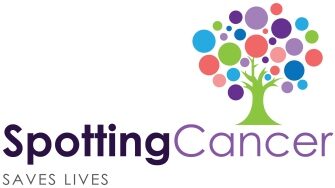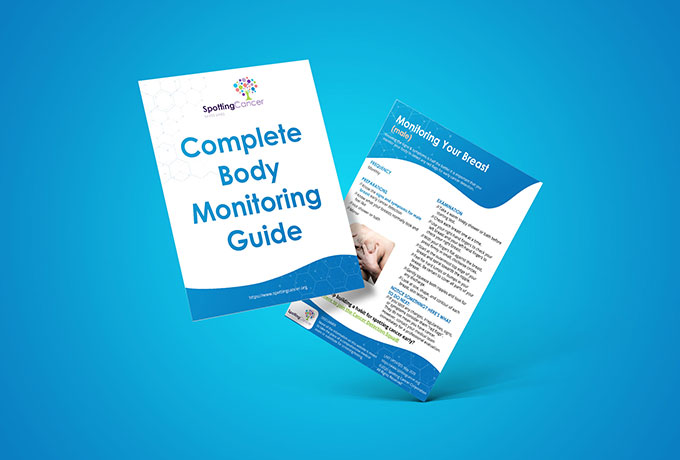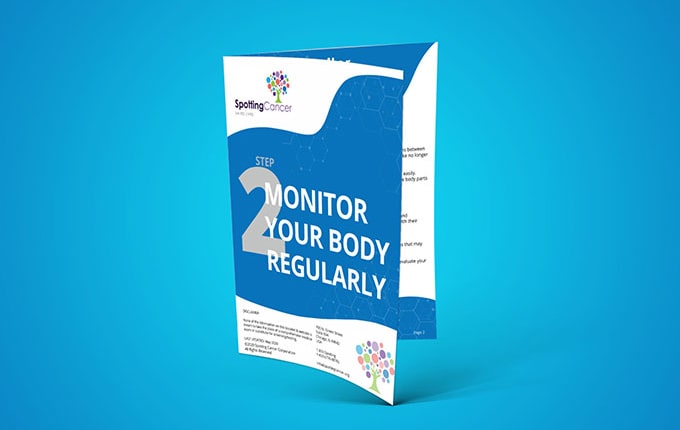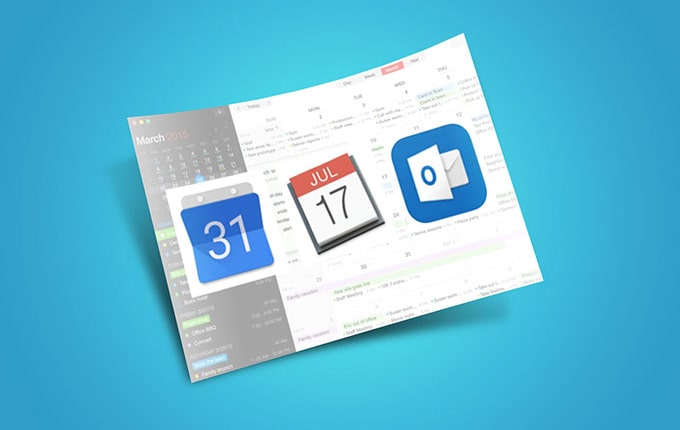Step 2: Monitor Your Body
for males
Frequency
- Monthly
Preparation
- Know the signs and symptoms for male breast early cancer detection
- Know what your breasts normally look and feel like
- Hot shower or bath
- Mirror
Examination
- Take a warm soapy shower or bath before starting test.
- Check each breast one at a time.
- Use your right-hand fingers to check your left breast and your left-hand fingers to check your right breast.
- With your fingers flat against the breast, press firmly in small, clockwise circles.
- Start at the outermost top edge of your breast and spiral towards the nipple.
- Feel for hard lumps or bumps in your breast. Be certain to cover all parts of your breast.
- Gently squeeze both nipples and look for any discharge.
- Look at size, shape, and contour of each breast, skin texture.
or
Download Our Spot and Survive Guides Free Now!
Learn the signs to potentially save yours and your family’s life.
Spot Cancer
Get reminder emails, tips, and resources to develop your spotting cancer habit when you join the Cancer Detection Squad

Take Action
If you spot any changes, irregularities, signs, or symptoms consider them “red flags”. They do not mean you have cancer. However, contact your medical team immediately for a professional evaluation.
you can
when you download and use our guides
Get the Breasts – Men Monitoring Guide
Get the Complete Body Monitoring Guide
Download the Complete Body Monitoring Guide to keep track of your body’s changes. The guide includes interactive charts and body monitoring guidelines.
Save a Body Monitoring and Screening & Testing schedule
Regular monitoring and testing is a life-saving habit. Save a Body Monitoring and Screening & Testing schedule to your Google Calendar or iCalendar to stay on track!
Get the Proactive Plan For Early Detection of Breast Cancer Guide
You're on Step 2

Step 1:
Signs & Symptoms
To monitor yourself for early cancer detection, you must know the cancer signs and symptoms. A listing of the various signs and symptoms are just a click away.

Step 2:
Body Monitoring
Cancer grows 24/7. Therefore, you must monitor your body to detect any abnormality between regular doctor visits or screenings. The tools and methods are described in this section.

Step 3:
Family History
Knowing and charting your family medical history will help your medical team as they develop a long-term wellness program suited to your unique needs.

Step 4:
Medical Team
Cancer is not self-healing. Therefore, when spotting a cancer sign or symptom, consider it a red flag that should cause you to consult your medical team immediately to determine if it is cancer or another illness.
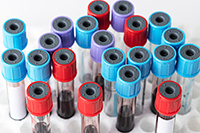
Step 5:
Screening & Testing
Not all cancer signs and symptoms are visible. You should establish specific times for the various cancer screening and tests with your medical team.
